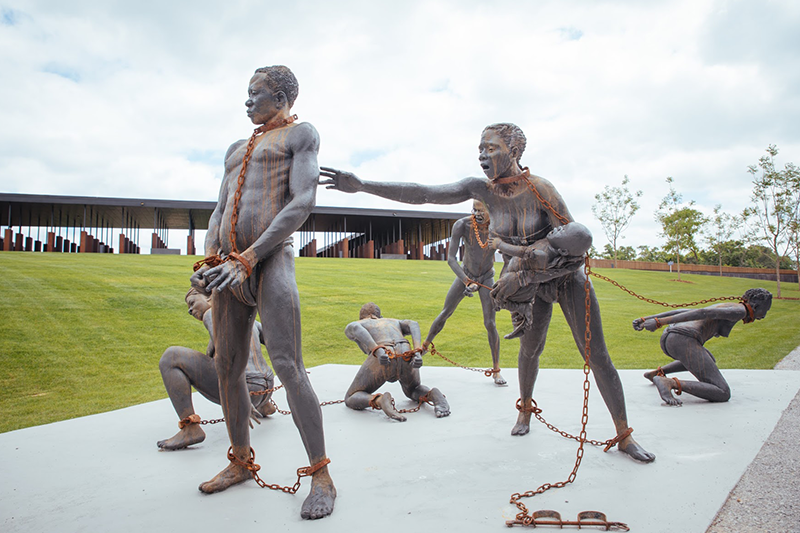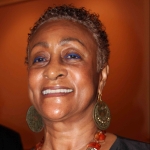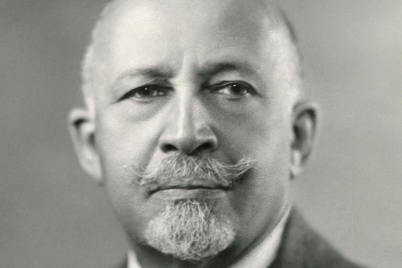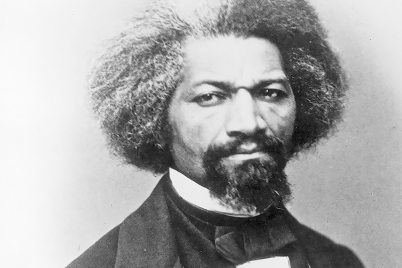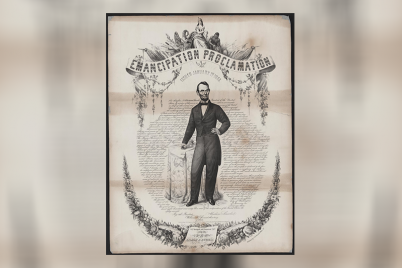The National Memorial for Peace and Justice, which opened to the public on April 26, 2018, is the nation’s first memorial dedicated to the legacy of enslaved black people, people terrorized by lynching, African Americans humiliated by racial segregation and Jim Crow, and people of color burdened with contemporary presumptions of guilt and police violence.
By Attorney Jacqueline Hubbard, President, ASALH
Most of us have heard by now about the new African American Museum in Washington, D.C. It is, indeed, a beautiful work of art that assigns black history to its rightful place as a cornerstone of American history. It does not ignore the terrible reality of the lynchings of black Americans that began in earnest after the Civil War and intensified after Reconstruction.
The Equal Justice Initiative (EJI) is a non-profit organization started by Attorney Bryan Stevenson, located in Montgomery, Ala. Its primary purpose is to provide legal representation to those imprisoned who may have been wrongly convicted.
The organization is a testament to the power of racial reconciliation through conversation among diverse groups based on respect, knowledge of history, and the ability to communicate without anger.
The EJI commemorates African-American history, including the civil rights struggles of the 1950s and 1960s and mass incarceration. Additionally, the organization maintains two significant memorials to the suffering of black Americans under pain of enslavement, Jim Crow laws, mass incarceration, and racial terror lynchings.
The museum, which opened on April 26, 2018, is founded by EJI’s Legacy Museum, which has as its title: From Enslavement to Mass Incarceration. Their website describes it as:
Located on the site of a former warehouse where black people were enslaved in Montgomery, Alabama, this narrative museum uses interactive media, sculpture, videography and exhibits to immerse visitors in the sights and sounds of the domestic slave trade, racial terrorism, the Jim Crow South, and the world’s largest prison system.
The Legacy Museum must be seen to be believed. The emotional impact of its unflinching retelling of African-American history is amazing.
The second memorial created and maintained by EJI is the National Memorial for Peace and Justice. Their website says:
“More than 4400 African American men, women, and children were hanged, burned alive, shot, drowned, and beaten to death by white mobs between 1877 and 1950. Millions more fled the South as refugees from racial terrorism, profoundly impacting the entire nation. Until now, there has been no national memorial acknowledging the victims of racial terror lynchings. On a six-acre site atop a rise overlooking Montgomery, the national lynching memorial is a sacred space for truth-telling and reflection about racial terror in America and its legacy.”
In April of 2018, The New York Times discussed the EJI’s sites, saying, “The nation has never seen anything like it… it is dedicated to the victims of American white supremacy.”
It will move and change you. If you want to learn about the reign of terror against black people in America that lasted more than 80 years after Reconstruction, which historians generally place as ended by 1877, you need to go to Montgomery, Ala.
The New York Times’ article described The National Memorial for Peace and Justice as follows:
“At the center is a grim cloister, a walkway with 800 weathered steel columns, all hanging from a roof. Etched on each column is the name of an American county and the people who were lynched there, most listed by name, many simply as unknown.”
Many in the St. Petersburg community are aware of both the EJI memorials and the local history of racial terror lynchings. We have listened, read, and witnessed these entities. There are two EJI memorial columns in Montgomery, Ala., dedicated to two black men lynched in Pinellas County.
A community-wide group called the St. Petersburg Community Remembrance Project (CRP) is working on fitting memorials for these two victims and any others who may be located and substantiated.
There are quite a few people, groups and organizations that comprise the CRP. With the encouragement of the EJI, the CRP is working to properly commemorate these victims, heal our community, and foster dialogue.
The CRP has been working on this project for a while with community-wide support. Their mission statement is to “bear witness to the legacy of racial terror epitomized by lynchings in America.”
CRP’s goal is to “advocate for the truth of the story; educate with the truth of the story; commemorate, and collate this history; in an effort to bring about reconciliation, justice, equity, peace and healing.”
Values of CRP:
- Authenticity
- Forthrightness
- Collaboration
- Listening with respect
- Empowered courtesy
Attorney Jacqueline Hubbard graduated from the Boston University Law School. She is currently the president of the St. Petersburg Branch of the Association for the Study of African American Life and History, Inc.

